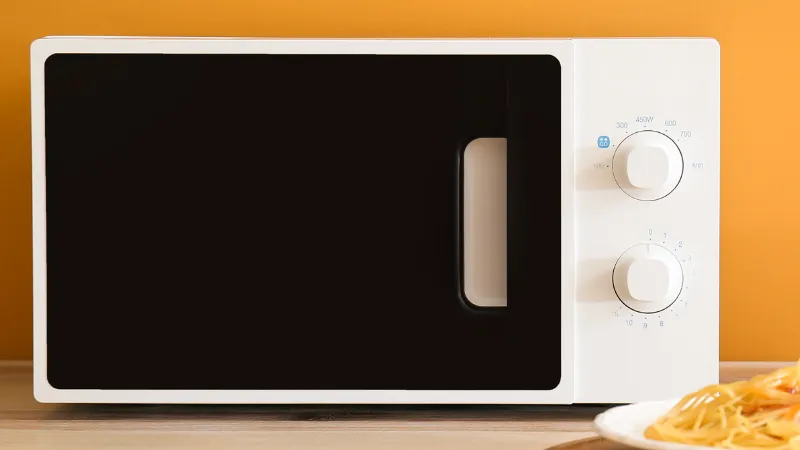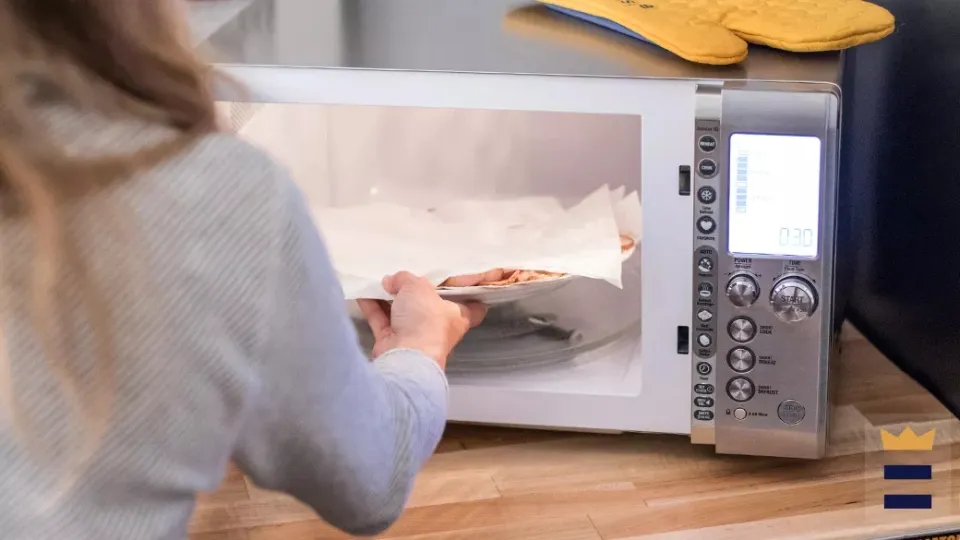When was the microwave invented? Below will show you how the microwave was invented, how to use it safely, and the future of microwave ovens.
The microwave was invented in 1945 by Raytheon engineer Percy Spencer, as evidenced by his patent for a “process for treating food.”
For more information, keep reading.
When Was the Microwave Invented?
Who was the genius behind this amazing invention? In actuality, he went by Percy Spencer, and his creation happened by accident. During World War II, Spencer worked for a company called Raytheon, creating microwave radar transmitters.
He noticed that a candy bar he had in his pocket that day in 1945 was beginning to melt. The microwaves from the radar set he was working on were cooking the candy bar in his pocket!
Spencer discovered that the microwaves could be focused to heat food after some experimentation. Popcorn was the first food he cooked in the first microwave oven, which he invented.
Food is heated in microwave ovens using microwaves, which are radio waves with a frequency of about 2,500 megahertz. Microwaves are absorbed by water, fats and sugars and are immediately converted to heat. Because the microwaves can quickly penetrate food, they can quickly and evenly cook food.
Since most plastics, glasses, and ceramics do not absorb microwave energy, they are ideal for heating food without heating the objects nearby. This makes microwave ovens more energy-efficient than other kitchen appliances.
Spencer’s microwave cooking technique was the subject of a patent application by Raytheon on October 8, 1945. In 1947, Raytheon produced the first commercial microwave oven and called it the “Radarange.” Do you realize that it was about 750 pounds in weight and almost six feet tall? It’s true!
Also, the price was high. The initial Radarange was priced at $5,000, or more than $52,000 in today’s dollars. It would be many years before microwave ovens could be produced and sold inexpensively.
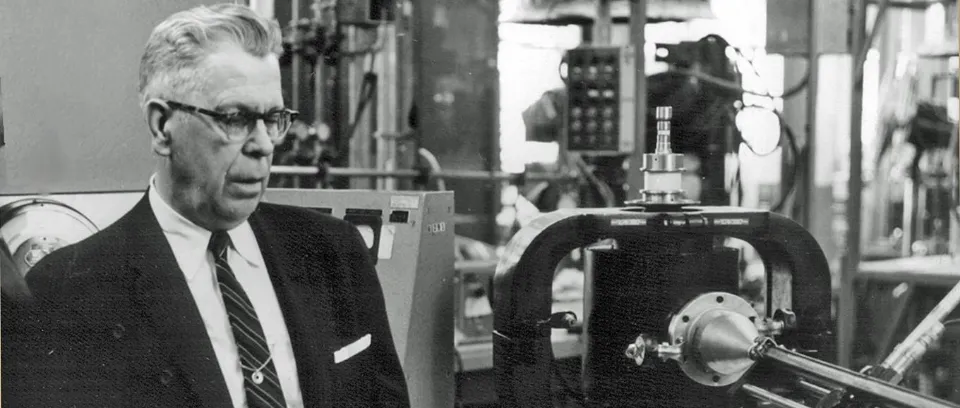
When Was the Microwave First Used in Homes?
In 1947, Raytheon released the “Radarange,” the first commercially available microwave oven. According to Raytheon, they cost between $2,000 and $3,000 and were stored in refrigerator-sized cabinets.
How Do Microwaves Work?
Inside the oven, a magnetron electron tube generates microwaves. In the metal interior of the oven, the microwaves are reflected and then absorbed by the food. Food is cooked by the vibrations caused by microwaves in its water molecules.
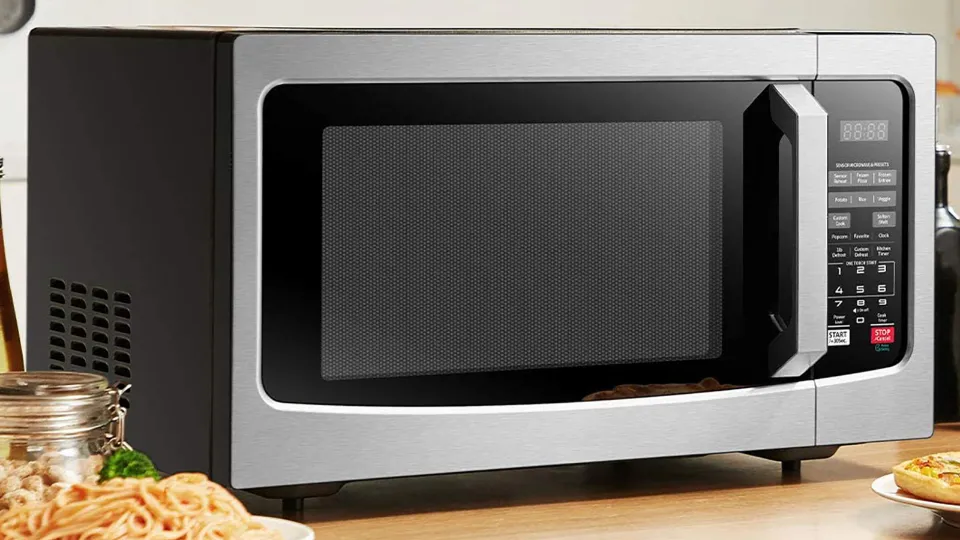
Microwave Safety
Microwave ovens have a poor reputation due to the microwave radiation they emit, which dates back to their invention. The World Health Organization (WHO) states that when microwave ovens are used correctly and kept in good condition, they are safe. Ovens are made to contain the radiation, which is only present when the oven is turned on and the door is closed, even though excessive amounts of microwave radiation can be dangerous. A minimal amount of radiation that may leak, primarily through the glass door, is well below international standards.
The WHO states that several nations and international standards committees have established a product emission limit of 50 watts per square meter at any point 5 centimeters away from the oven’s exterior surfaces. In reality, microwave emissions are much lower than this cap. Also, exposure decreases rapidly with distance: a person 50 cm from the oven receives about one one-hundredth of the microwave exposure of a person 5 cm away.
The main health risk associated with using microwaves is that they generally heat unevenly, which can result in undercooked or overheated portions of the food. Therefore, care must be taken and extra time must pass for the heat to equalize in the food. The primary injury that results from using a microwave oven is a burn resulting from hot food and liquids or the particles of hot food from explosions from foods, such as eggs in their shells, cooking unevenly.

The Future of Microwave Ovens
According to SciTech, many modern microwave ovens have sensors that turn off when the food is fully cooked. Samsung(opens in new tab) has developed a microwave oven that offers a variety of cooking methods. The oven can fry and bake in addition to defrosting meats and reheating leftovers. Additionally, it has a fermentation cycle that can be used to create yogurt and fresh dough.
Solid-state RF (radiofrequency) energy is used to cook food in a microwave oven made by NXP Semiconductors. Where, when, and how much energy is transmitted into the food are all under the control of the microwave oven. NXP claims the outcome is improved nutrition, consistency, and taste. With high efficiency and real-time feedback, the solid-state device enables the control of significant amounts of energy.
Other businesses, like Wayv, make portable, solid-state RF microwave ovens that can be charged using a standard plug, a car, or solar power. This particular model, which resembles a thermos, can heat up to 17 fluid ounces (0.5 liters) at a time for about 30 minutes per charge.
Microwave ovens are also gaining features to be able to connect to mobile technologies, such as the line of LG smart appliances(opens in new tab). These appliances can be remotely turned on using a smartphone or other device from any location.
The Benefits of Microwave Ovens
The microwave oven is one of the most popular kitchen appliances. It is a quick and practical method of cooking food. The use of a microwave oven has many advantages.
- They’re fast and convenient
The microwave oven is a fast and convenient way to cook food. It can be used to cook a variety of foods, including meat, vegetables, and pasta.
Also secure for use, microwave ovens. They do not emit any dangerous radiation.
- They’re healthy
Microwave ovens can actually be good for your health. More nutrients will be retained because they can help you cook food more evenly.
Additionally, they can assist you in avoiding unhealthy cooking techniques like deep frying.
- They’re energy-efficient
Additionally, microwave ovens are energy-efficient. They use less energy than a conventional oven. Your energy bill can be reduced by using a microwave oven.
- They’re easy to clean
Additionally, microwave ovens are simple to maintain. Most microwave ovens have a self-cleaning cycle. This cycle cleans the oven of any food scraps or grease.
- They’re versatile
Kitchen appliances with a variety of uses include microwave ovens. They can be used to make popcorn, defrost or even bake cakes and cookies, cook food from frozen, and reheat food.
- They’re affordable
They are very inexpensive, microwave ovens. They can be bought for as little as $30.
They are an excellent option for families on a budget because they are typically less expensive than conventional ovens.
- They’re safe
It’s ok to use a microwave oven. In addition to not being flammable, they don’t emit any harmful radiation.
Because they can quickly and easily cook food, microwave ovens are very useful. As long as you follow the instructions, using them is also generally safe.
Meat, vegetables, and even desserts can all be cooked in a microwave oven.
Microwave ovens are also very energy-efficient because they consume less energy than conventional ovens.
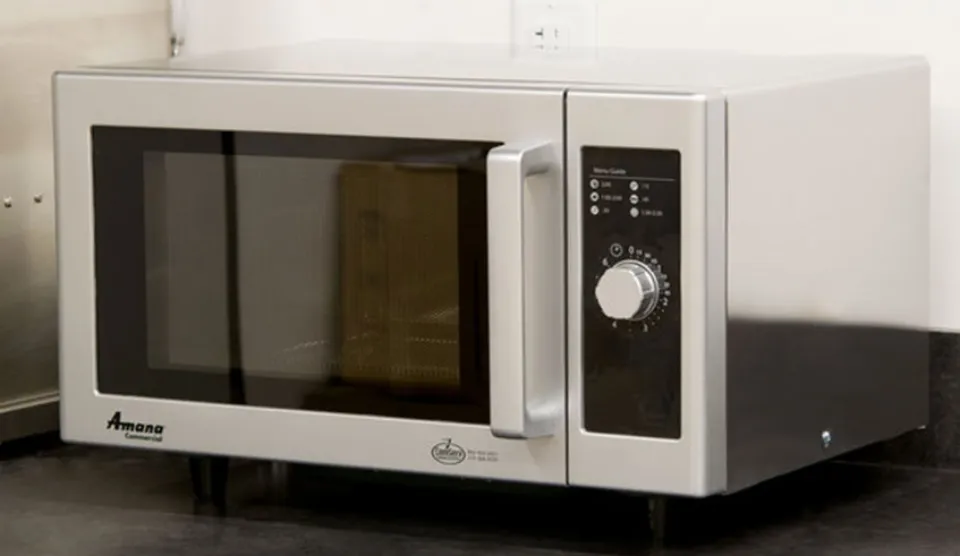
The Disadvantages of Microwave Ovens
In many kitchens, the microwave oven is a frequently used appliance. Using a microwave oven has some drawbacks even though it is a practical method of cooking food.
Let’s examine the drawbacks of microwave ovens.
- They’re Not as Nutritious
Food cooked in a microwave loses some of its nutritional value.
In fact, some studies have indicated that microwave cooking can actually decrease the amount of nutrients in food.
- They Can Cause Cancer
Microwaves may raise the risk of cancer, according to some studies, even though the evidence is not yet clear-cut.
According to one study, people who frequently use microwaves are more likely to develop digestive system cancer.
- They’re Not as Tasty
Some individuals hold the opinion that food prepared in a microwave simply doesn’t taste as good as food prepared in a conventional oven.
Although this is a matter of opinion, it is something to take into account if you want to have the best possible culinary experience.
- They Can Be Dangerous
If not used properly, microwave ovens can be harmful. If you don’t adhere to the directions, you risk starting a fire or even hurting yourself.
- They’re Not as Environmentally Friendly
Because they consume so much energy, microwave ovens are bad for the environment. Traditional ovens are a better choice if you want to be more environmentally friendly.
- They can cause interference with electronic equipment
Microwave ovens can interfere with electronic equipment, which is another drawback. Televisions, radios, and computers can all suffer from microwave interference.
So there you have it. The following are a few drawbacks of microwave ovens. Naturally, there are other benefits as well, like how practical and simple they are to use.
But ultimately, it’s up to you to decide whether the disadvantages outweigh the advantages.
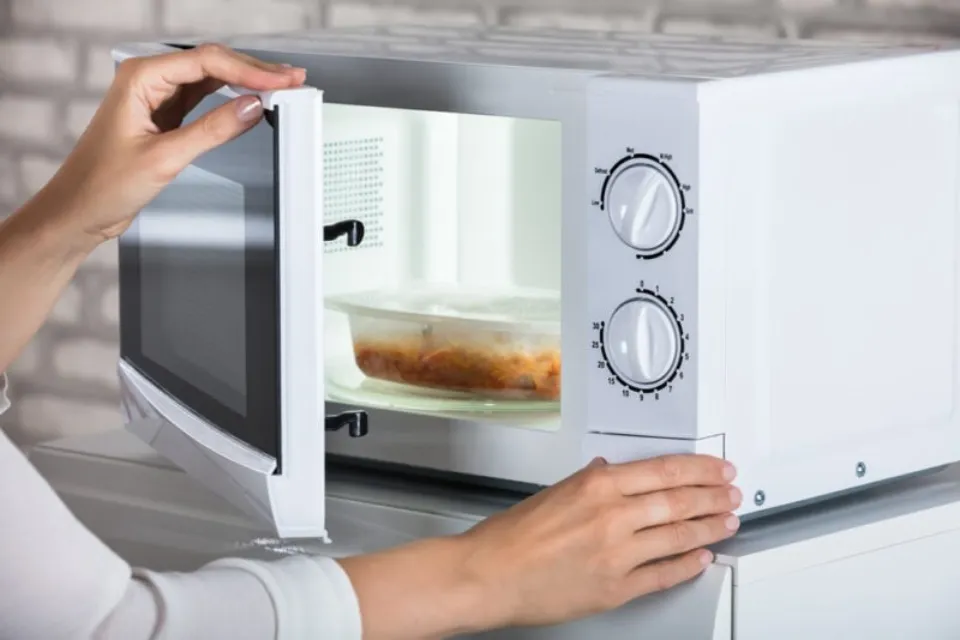
FAQs
Is Microwave Radiation Harmful to Humans?
Your body is harmed by ionizing radiation. However, microwaves do not emit harmful non-ionizing radiation. Cancer is not caused by microwave radiation, and there is no concrete evidence to link the two. Food does not become radioactive when exposed to microwave radiation.
Do Microwaves Heat from the Inside Out?
Microwave ovens do not “cook from the inside out”, as many people say. Similar to other heating techniques, microwaves actually generate heat from the outside in. In actuality, microwaves are quite basic machines. A magnetron and a high voltage source are the only essential elements required for a microwave.
Summary: When Was the Microwave Invented?
The microwave oven is a common fixture in kitchens today. You’ll also find them in just about every restaurant kitchen and quite a few convenience stores, too. The microwave oven heats up food more quickly than any other appliance, whether you’re heating up water for coffee, reheating lunch leftovers, or popping a bag of microwave popcorn for a late-night snack. And that’s why it’s so popular!
If you have any questions, please leave a comment. My Prime Home tries to give you the best home improvement information. Don’t forget to share the post. Thank you for reading.
You may want to know:
